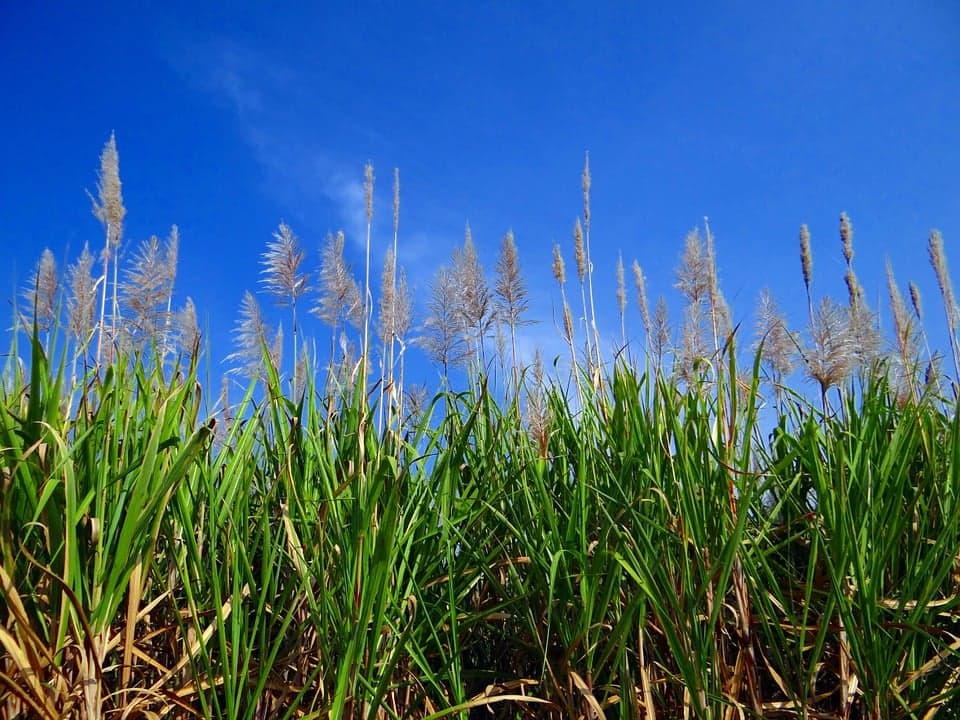Published:
This is part four of this week's five-part blog series on cash crops.
South America was colonized by the Spanish and the Portuguese. These colonies were extremely profitable for Spain and Portugal because they could plant crops there that they could not plant in Europe. This lead to the production of cash crops in South America, such as coffee and sugarcane, to be traded and sold in Europe. These cash crops played a large role in establishing the colonies in South America, and still play an important role in their economy today.
Coffee has been a major export supporting the South American economy. During the colonial era, the ability to produce coffee was a major draw for investors to colonize South America. Brazil, Columbia, and Ecuador were all major producers of coffee, and Brazil is still the world’s largest coffee producer today. However, coffee sales are not as profitable today as they once were. Because of the cheaper coffee prices from other countries, such as Vietnam, coffee sales from South America have dropped. For example, it is extremely difficult for local coffee farmers in Ecuador to compete with the cheaper Vietnamese coffee that is imported to their own country.
Another important cash crop throughout the history of South America was sugarcane. Sugarcane production significantly increased after the 1973 oil crisis, when Brazil started the National Program of Alcohol. Because prices for oil were extremely high, ethanol started being produced. Ethanol is an alternative fuel source made from sugarcane. Ethanol became popular because it was not as expensive as pure gasoline and it has environmental benefits. The use of ethanol led to flex-fuel vehicles being introduced in 2003. In South America, flex-fuel vehicles are increasingly replacing other vehicles, and they run on either pure ethanol or ethanol mixed with gasoline. Brazil is the leading market for sugarcane ethanol, and has made ethanol their main fuel source, as ninety percent new cars sold there are flex-fuel vehicles.
The coca plant was also a large source of revenue for the South American colonies and still is today. Coca was planted on large plantations and used to produce cocaine. Coca was used in religious ceremonies, in medicine, to alleviate hunger, and in taxes after colonialization. Coca trade spread globally in the mid-1800’s with drinks such as Vin Marini, a mix of coca and wine, and Coca-Cola, and for recreational drug use. Products like these helped facilitate a global trade of the drug. Although there was a global prohibition of the drug in the early 1900’s, the cocaine trade continued illegally. For countries in South America, the cocaine trade is very profitable and provides a large source of employment, but it also hurt the economies of the governments. Local governments in Columbia and Peru spent billions to attempt to stop the trade.
Check out the rest of this week’s blogs about how cash crops impact other parts of the world!
Part 3: Illicit Cash Crops: Economic Effects of Illegal Drug Markets
File under






